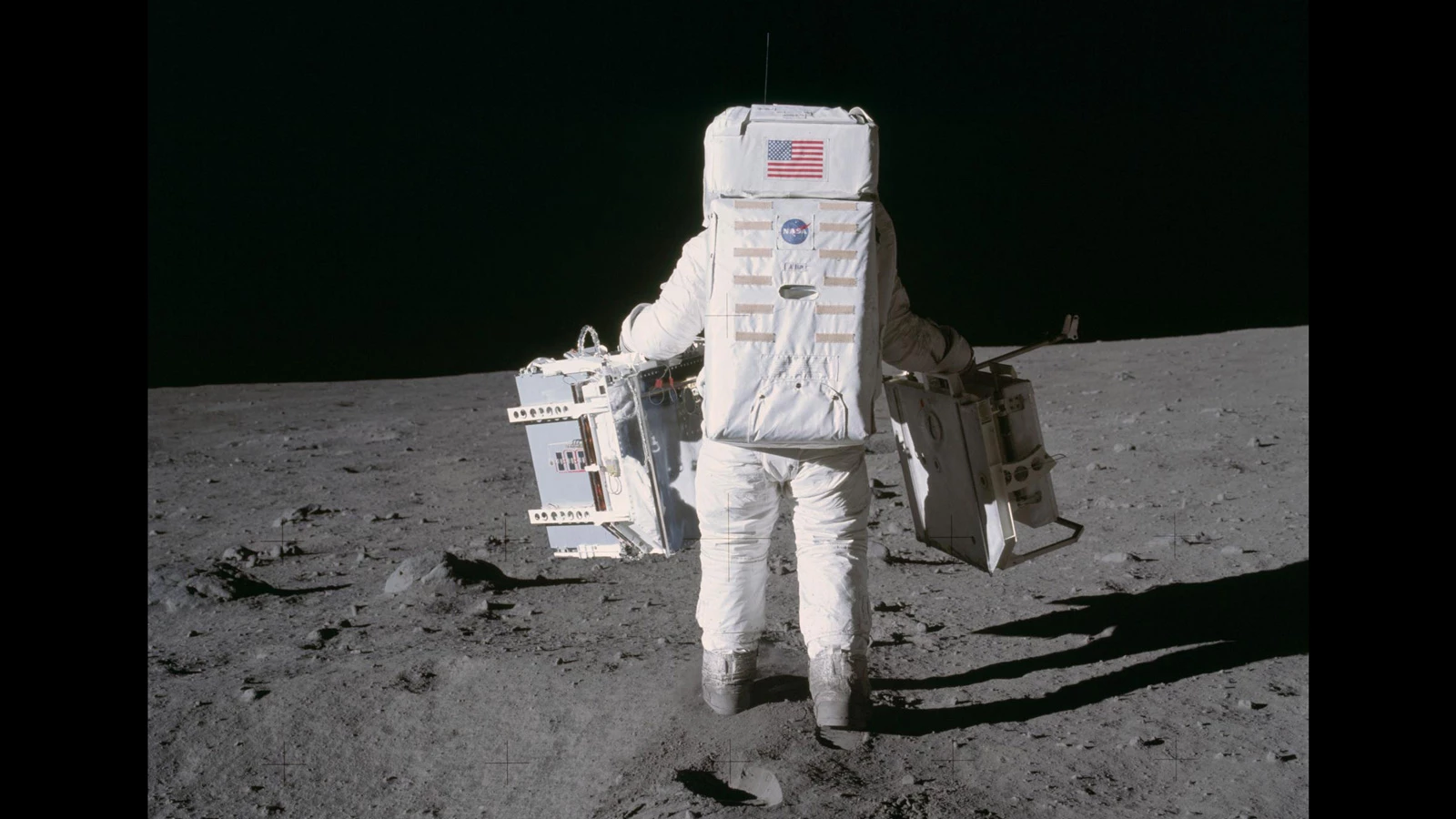When NASA’s Perseverance rover touches down on Mars in February 2021, it will carry with it a set of pristine mirrors that will serve as targets for future orbital spacecraft equipped with high-precision lasers. The laser-bouncing experiment could help scientists understand how gravity affects the alien world, and may one day make the hazardous job of landing autonomous probes on the Martian surface a safer prospect.
Since the advent of the space age in the 1950s, scientists have been busily thinking up ingenious ways of unraveling the secrets of the myriad worlds that make up our solar system. They have invented a veritable arsenal of equipment, from complex spectrometers capable of separating light into its constituent parts to magnetic field sensors and high-tech cameras designed to capture surreal and breathtaking cosmic scenes.
But sometimes, if you really want to get to know a world, nothing beats putting a shiny mirror on it and hitting it with a laser. Peak science.
During the Apollo-era astronauts placed a series of large reflective arrays on the lunar surface, some of which were about the size of a computer monitor. Researchers back on Earth then fired lasers at them – with impressive accuracy – and counted how long it took for the beam to return.
These exquisitely simple experiments allowed scientists to keep track of the Moon’s orbit and its shifting shape as it was squeezed by Earth’s gravitational influence. One of the strengths of the retroreflectors is that, if undisturbed, they can remain useful reference points for decades. As a case in point, the mirrors placed on the Moon during the later Apollo missions are still used by researchers to this day.
Now, NASA is looking to repeat these experiments on Mars, but instead of shining a laser from Earth, the rover-mounted mirrors will be targeted by spacecraft high in orbit over the Red Planet. The retroreflectors carried by the Perseverance rover are also much smaller than those used during the Apollo missions, and follow a completely different design.
The mirrors deployed during the Apollo 11 and 14 missions took the form of bulky, flat panels. The new generation of reflectors are much smaller, encased within a 2 inch (5 cm)-wide protective dome. Each of the small holes pitting the casing houses three mirror faces that sit at a 90-degree angle to one another. According to NASA, this technique ensures that a laser fired into the device will be directed directly back at its source.
Similar reflectors will also fly with NASA’s InSight lander and ESA’s upcoming Rosalind Franklin rover, which is set to launch in 2022.
The experiment is a good example of how space agencies seek to cram as much science as possible into a mission, to ensure the greatest scientific output. The reflector won’t actually be used for years after Perseverance touches down on the Red Planet, as no spacecraft currently in orbit are equipped with a ranging laser. Instead, this particular part of the rover’s arsenal will have to wait for a future laser-toting robot to come along.
Once such a mission does fly overhead, NASA will be able to gather detailed information on the position of the rover. With this scientists could test how the Red Planet’s orbit is affected by the Sun’s mass. The data could also be used to understand how the Martian terrain shifts over time in numerous locations.
On a more practical note, mirrors could one day be used to make landings on the Martian surface safer by providing points of reference. Depending on celestial positions and the distribution of satellites, it takes somewhere between four and 24 minutes for a radio signal sent from a spacecraft around Mars to reach the Earth. Because of this, it's impossible for humans to manually oversee rovers as they make their hazardous final descent through the Martian atmosphere.
Therefore, landings must be entirely pre-programmed and autonomous. Perseverance will rely on Terrain-Relative Navigation to get it to the ground – a clever new system that compares images snapped by an onboard camera during descent with its onboard map. If it deems itself to be in danger, the flight computer can make a course adjustment in order to set the extremely expensive piece of kit down on safer terrain.
In the future, mirrors placed on the surface could serve as a valuable points of reference for these automated landing systems, helping them avoid the ignominious fate of the poor explorers that were a little too keen to meet the Martian surface.
It’s worth noting here that the surface of Mars is radically different from that of the Moon. The major difference is that the Red Planet’s diminished atmosphere is still capable of conjuring up powerful weather systems which lift a lot of dust into the air. Dust which is very good at adhering to surfaces and reducing reflectivity.
Back in 2015 a global dust storm consumed Mars, causing the storied Opportunity rover to permanently lose contact with its handlers. Here’s hoping that NASA’s shiny new mirrors, along with its equally shiny new rover, don’t meet with a similar dusty fate.
Source: NASA







